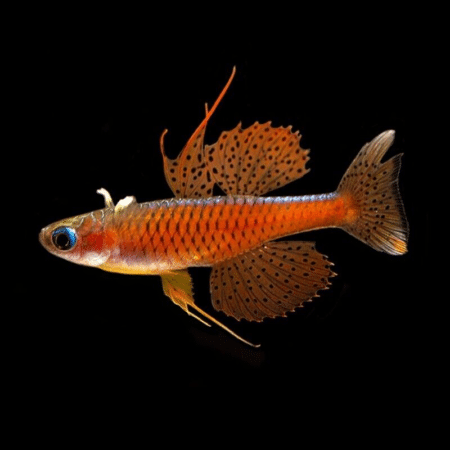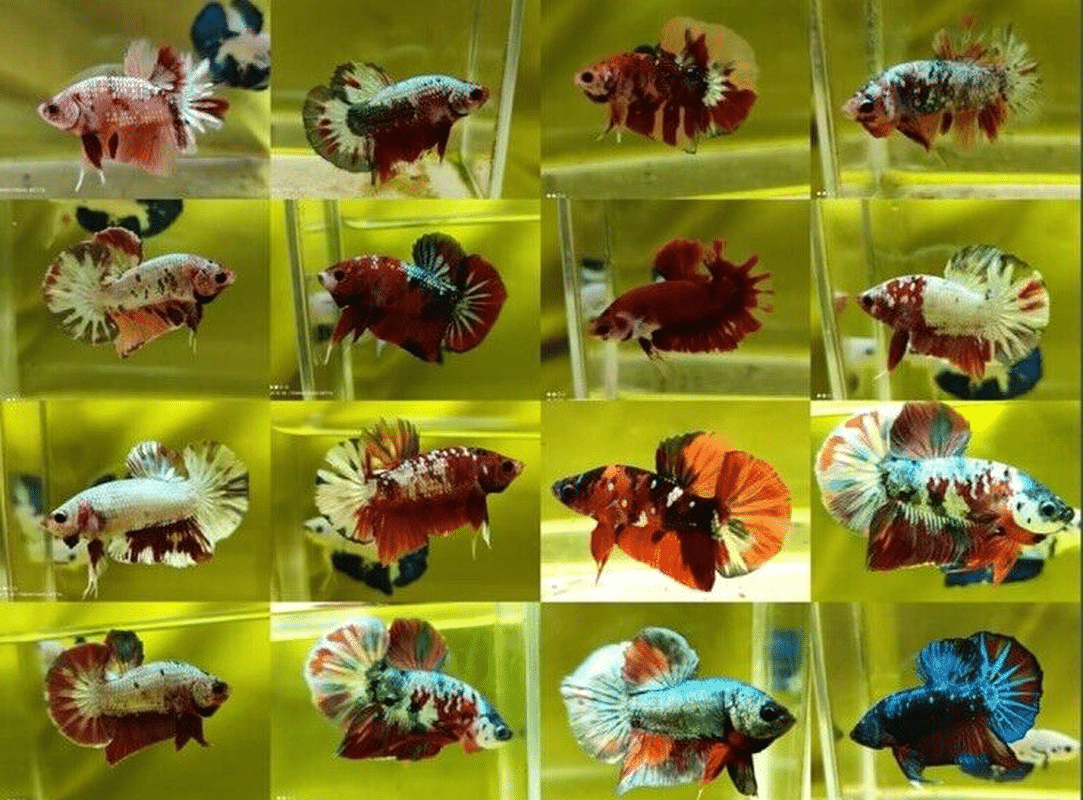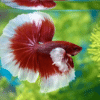To provide the best experiences, we use technologies like cookies to store and/or access device information. Consenting to these technologies will allow us to process data such as browsing behaviour or unique IDs on this site. Not consenting or withdrawing consent, may adversely affect certain features and functions.
The technical storage or access is strictly necessary for the legitimate purpose of enabling the use of a specific service explicitly requested by the subscriber or user, or for the sole purpose of carrying out the transmission of a communication over an electronic communications network.
The technical storage or access is necessary for the legitimate purpose of storing preferences that are not requested by the subscriber or user.
The technical storage or access that is used exclusively for statistical purposes.
The technical storage or access that is used exclusively for anonymous statistical purposes. Without a subpoena, voluntary compliance on the part of your Internet Service Provider, or additional records from a third party, information stored or retrieved for this purpose alone cannot usually be used to identify you.
The technical storage or access is required to create user profiles to send advertising, or to track the user on a website or across several websites for similar marketing purposes.
Golden Eyes Vampire Crab - Geosesarma Sp. - Decapod Crustacean 1 × £8.71

 Golden Eyes Vampire Crab - Geosesarma Sp. - Decapod Crustacean
Golden Eyes Vampire Crab - Geosesarma Sp. - Decapod Crustacean 














Emily Carter (verified owner) –
I recently purchased the Stunning HMPK Mix Male Betta Splend, and I couldn’t be happier with my decision! After just two weeks in my well-planted 10-gallon aquarium setup, he has truly come alive, showcasing vibrant colors and stunning fins that catch the light beautifully. As a caring fish parent, I prioritize the happiness and health of my aquatic friends, and this betta seems to thrive in his environment. Compared to other bettas I’ve kept, this one is noticeably more active and curious, exploring every nook and cranny of the tank. The seller shipped him quickly and he arrived in perfect condition, which I really appreciated! A minor concern was getting him acclimated; I recommend using a drip method for a smoother transition. Overall, if you’re looking to add a joyful and colorful companion to your tropical fish collection, I highly recommend this HMPK betta. He has added so much beauty and life to my aquarium, and I can’t wait to watch him grow!
Emily Turner (verified owner) –
I recently added a couple of these stunning HMPK male bettas to my aquarium, and I couldn’t be happier! First of all, the colors are absolutely vibrant; the iridescent blues and reds really pop against the natural decor of my tank. After about two weeks, I’ve noticed how they’ve adapted beautifully to my peaceful community setup. They’re not just eye candy; they have such engaging personalities!
What I appreciate most is their vigorous health. They arrived in great condition, and I’ve been carefully monitoring their water parameters to ensure they thrive. Compared to other bettas I’ve had in the past, these seem much more resilient and social. Just a minor note, they can get a bit nippy if housed with overly active fish, so I recommend keeping them with calmer tank mates.
For beginners looking to enrich their aquarium with tropical fish, these HMPK bettas are perfect. They are easy to care for and bring so much life to the tank! I’d definitely recommend these beauties to anyone wanting to start or enhance their betta collection. Trust me, you won’t regret adding them to your home!
Emily Carter (verified owner) –
I recently purchased the Stunning HMPK Mix Male Betta Fish for my aquarium, and I couldn’t be happier! These little guys arrived vibrant and healthy, each with unique colors and patterns that have truly enhanced my tank’s aesthetic. After two weeks of observing their behavior, I can confidently say they thrive in a peaceful community setting, making them perfect for both beginners and seasoned tropical fish lovers.
What I appreciate most is their personality; they interact with me and each other in such an engaging way. Compared to other bettas I’ve kept, these HMPK varieties seem more active and less territorial, which is a huge plus! The shipping was prompt, and they arrived well-packaged and without stress.
While I did notice a slight hesitation when I first introduced them to the tank, it was only for the first day. After that, they settled in nicely. If you’re looking to enrich your aquarium with stunning aquarium fish, I highly recommend these HMPK Betta Fish. They’re truly a joy to watch and care for. Perfect for anyone looking to add beauty and personality to their setup!
Emily Carter (verified owner) –
I recently purchased the HMPK Mix Male Betta Fish and I couldn’t be happier! These beautiful fish arrived just a week ago and have truly enriched my aquarium setup. Their colors are vibrant and the fin displays are stunning, making them eye-catching additions to my peaceful tank.
As a caring fish parent, I’m always concerned about the welfare of my aquatic friends, and I’ve noticed how well these Bettas thrive in a community setup. They get along beautifully with my other tropical fish, like neon tetras and guppies, which is a big plus for me! Compared to other bettas I’ve had in the past, these HMPKs are much more social and active, which makes for a lively aquarium experience.
The shipping was quick and the fish arrived healthy, which shows the seller’s commitment to fish welfare. My only minor concern was that I had to acclimate them slowly to avoid stress, but that’s standard for any new fish.
I highly recommend these Betta fish for anyone looking to elevate their aquarium with some striking colors and personalities. They’re perfect for both beginners and seasoned tropical fish lovers. I’ll definitely be adding more to my collection soon!